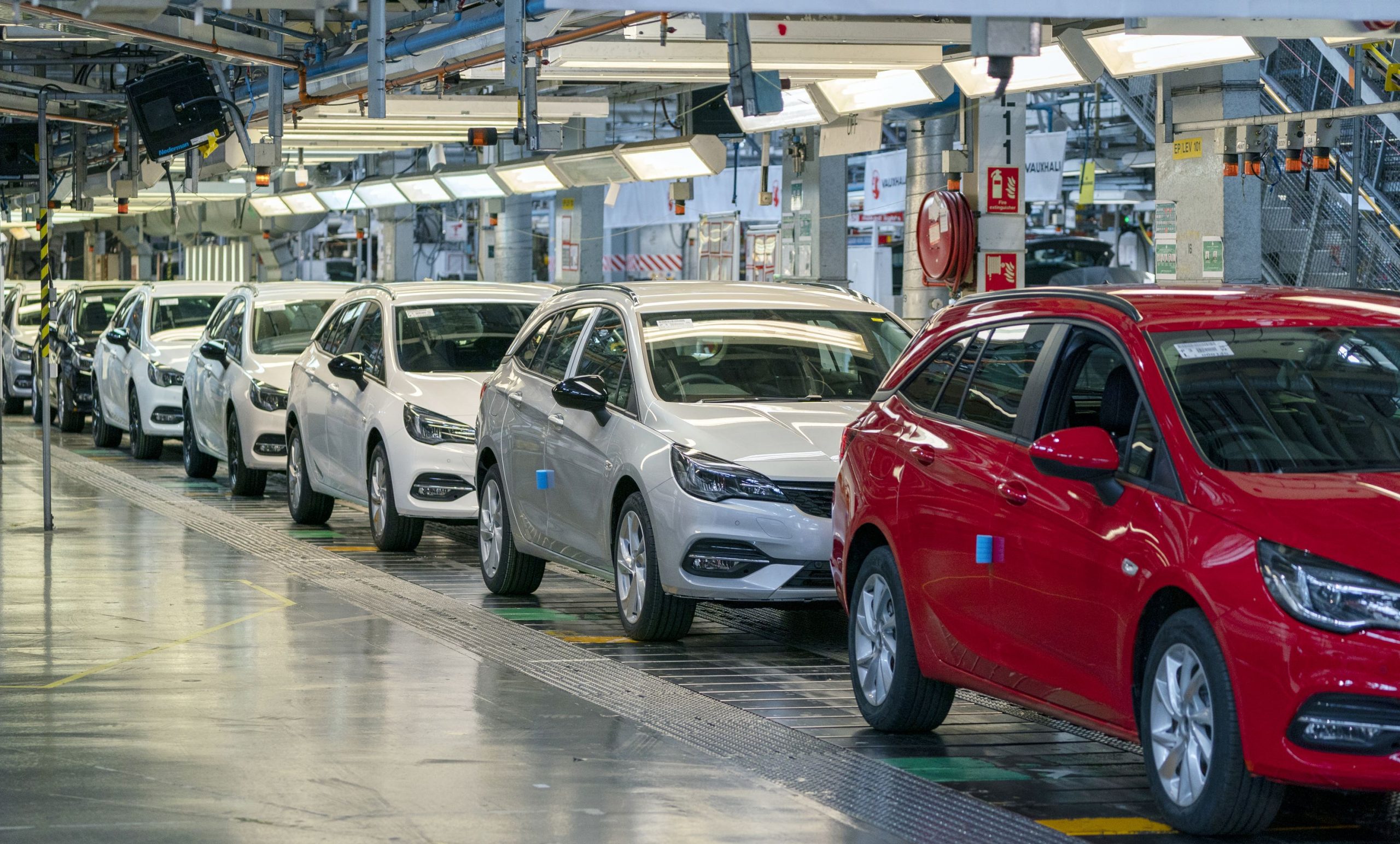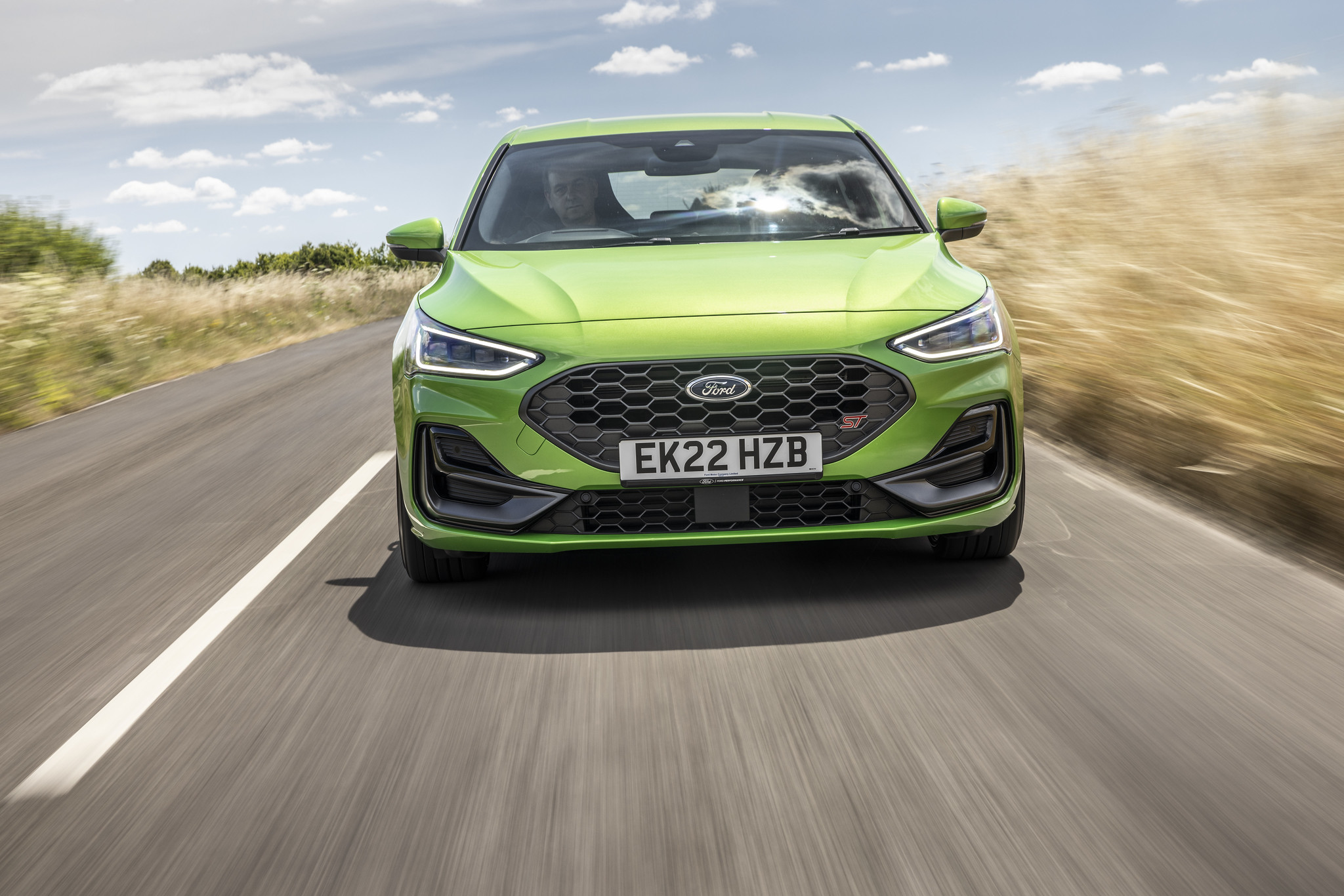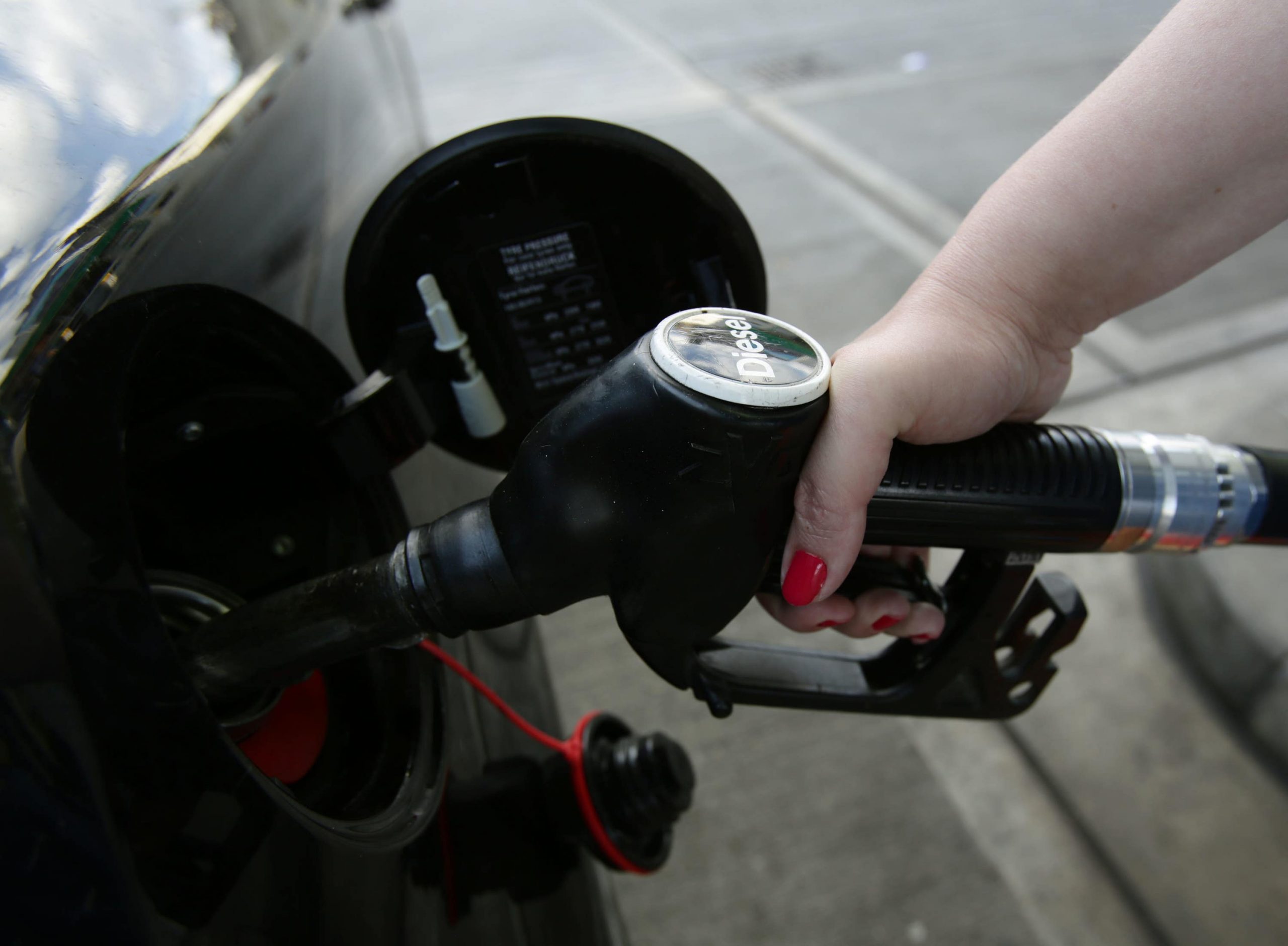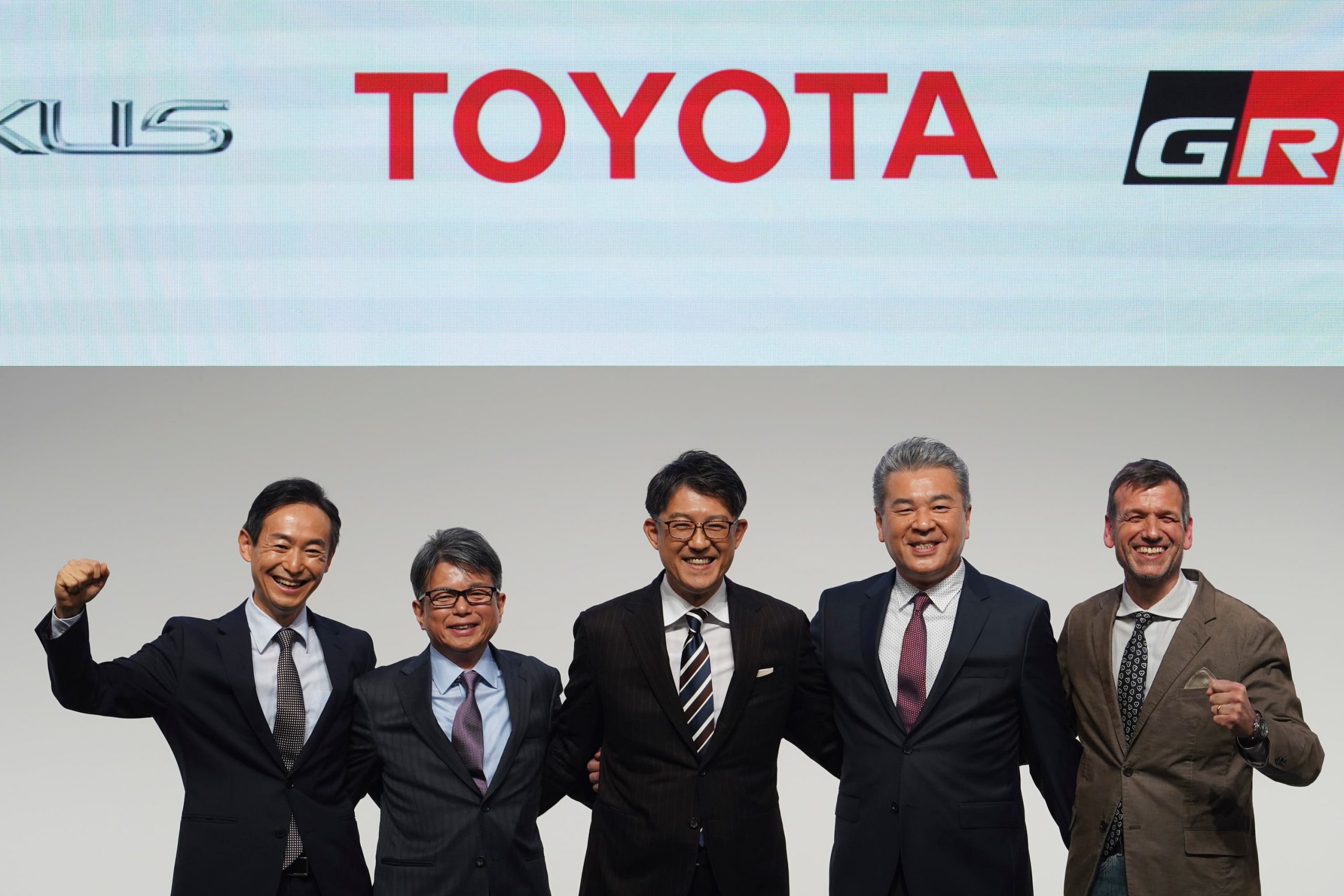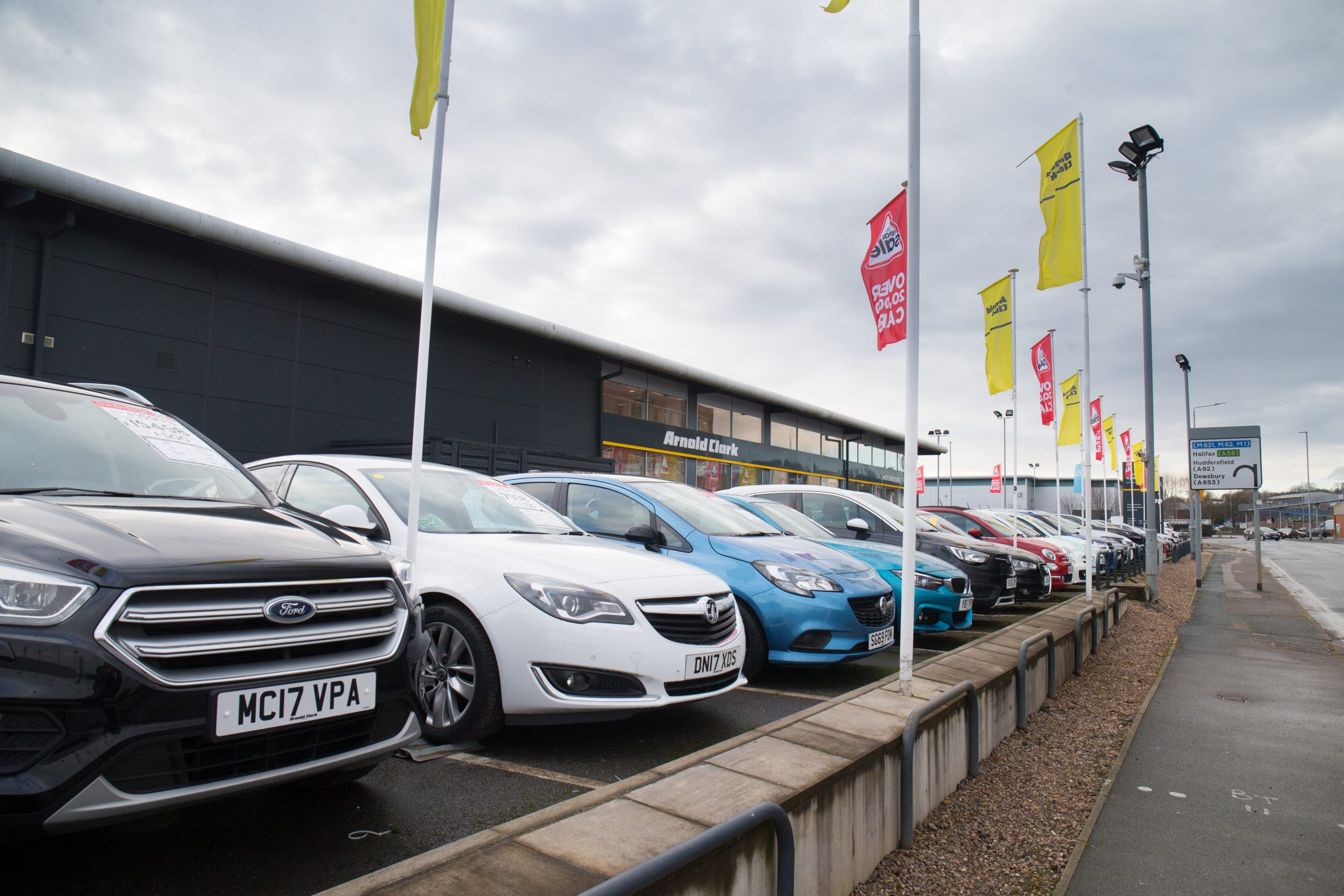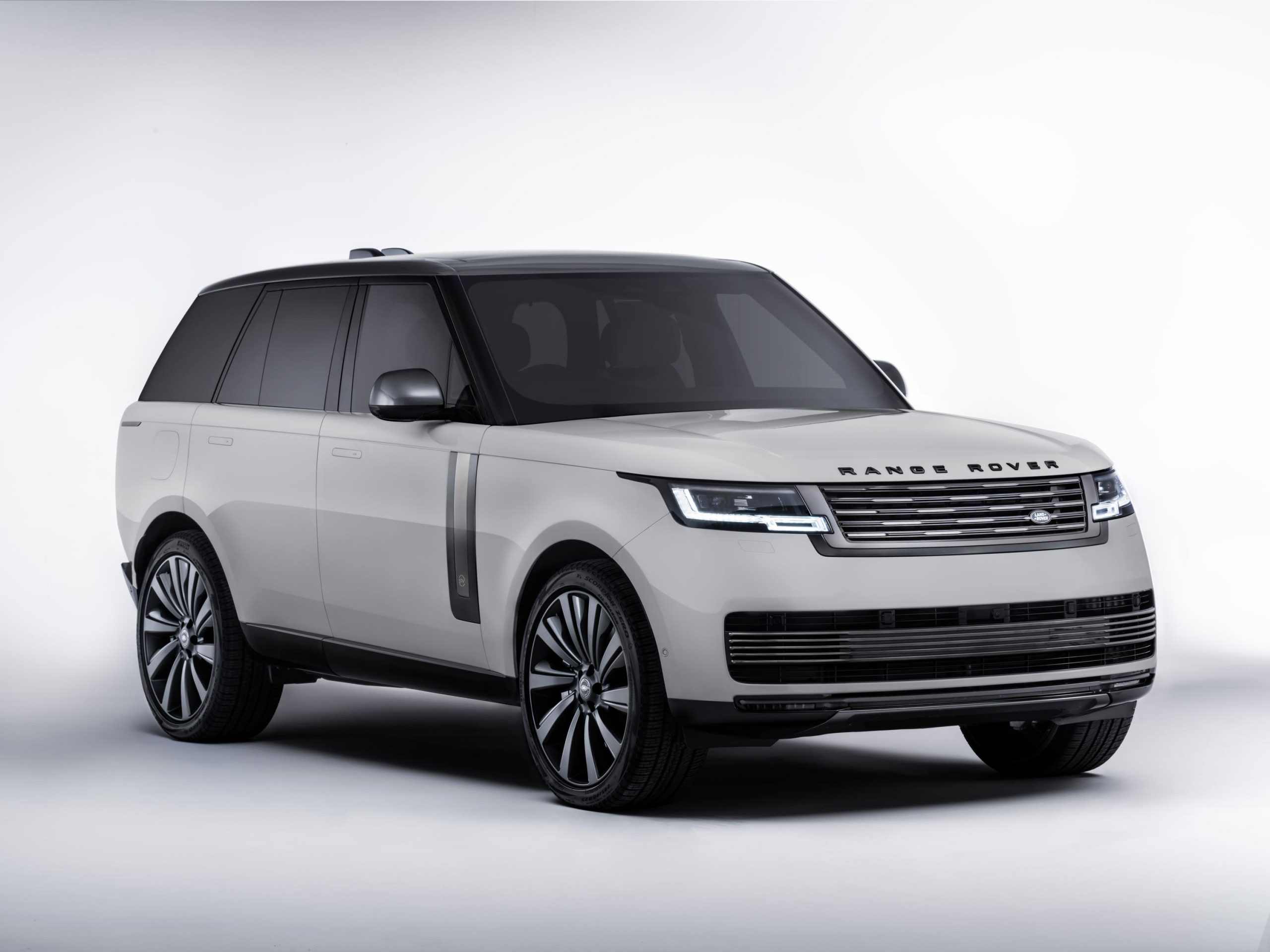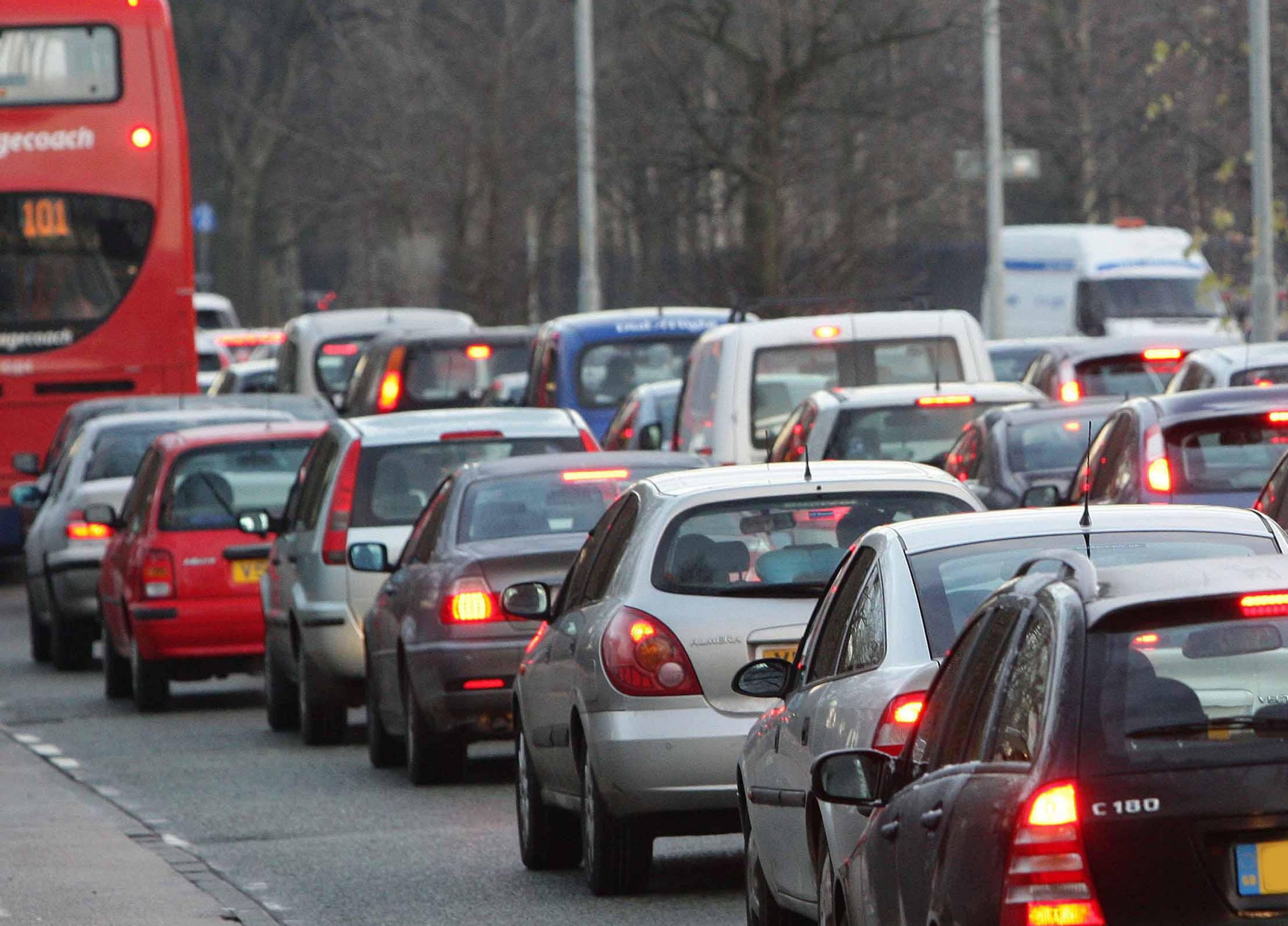The EU Parliament has passed a new measure which will effectively ban the sale of new petrol and diesel cars and vans by 2035.
The new legislation brings in revised CO2 emissions performance standards for new cars and vans, setting a ‘path towards zero CO2 emissions for new passenger cars and light commercial vehicles in 2035’.
The law requires manufacturers to reach a 100 per cent reduction in the CO2 emissions from new cars sold in the EU by 2035. The vote passed with 340 votes for and 279 against. There were 21 abstentions.
By 2025, the European Commission will reveal a methodology to fully assess and report data on a car or van’s CO2 emissions throughout its life cycle. Then, in 2026, the Commission will monitor the gap between legally defined emissions limits and real-world fuel and energy consumption figures. These will then be used to adjust a manufacturer’s specific CO2 emissions.
Jan Huitema, member of the EU Parliament, said: “This regulation encourages the production of zero- and low-emission vehicles. It contains an ambitious revision of the targets for 2030 and a zero-emission target for 2035, which is crucial to reach climate neutrality by 2050.
“These targets create clarity for the car industry and stimulate innovation and investments for car manufacturers. Purchasing and driving zero-emission cars will become cheaper for consumers and a second-hand market will emerge more quickly. It makes sustainable driving accessible to everyone.”
Intermediate targets of a 55 per cent reduction in CO2 emissions – and a 50 per cent reduction for vans – compared with 2021 levels were also set for 2030. Low-volume manufacturers – those producing between 1,000 and 10,000 new cars or 1,000 to 22,000 new vans – may also be granted an exemption from the rules until the end of 2035. Carmakers building fewer than 1,000 vehicles a year will continue to be exempt.

